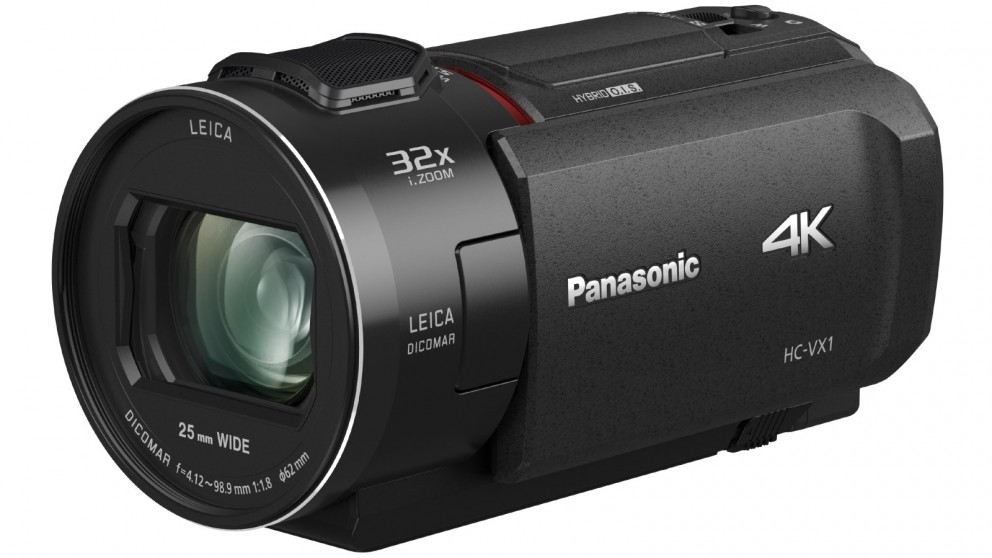

We took video both inside and outside and analyzed it, comparing all nine cameras we tested against each other. This camcorder has integrated Wi-Fi, though, so you can use that feature to transfer your videos and eliminate the need to remove the SD card altogether. Once you install the SD card and set the camcorder’s time and date, and you can start filming. We prefer cameras like this, including the JVC Quad Proof GZ-R550 EverioR, because using a microSD card means you also must keep the full-size adapter to insert it into most computers.

This camcorder takes a full-sized SD card for storing your footage. This way, your neck and arms are less likely to get tired. The eye piece can also be flipped upward so you can hold the camera in your lap while filming but still see what you’re doing. It’s also practical for shooting in bright light because LCD screens can appear washed out under these circumstances. It allows you to flip the lighted LCD screen down and see what you’re recording through the eye piece, eliminating obnoxious light while sitting in the audience. The Panasonic is the only device we reviewed that includes an eye piece, or ocular lens. This camcorder also has a front-facing light to improve the footage you take in dark places. The LCD screen can also flip for easy viewing from almost any angle. This unique feature means you can capture all the action in front of you and get a reaction shot too. Located on the edge of the LCD viewfinder, this small extra camera can rotate to face back toward the person filming or off to the side. One such feature is its nifty rear-facing camera, like the one on the thriftier Panasonic HC-W580. It might be easy to reach for your phone, but this Panasonic camcorder has extra features that can really improve the variety and quality of the footage you’re getting.


 0 kommentar(er)
0 kommentar(er)
